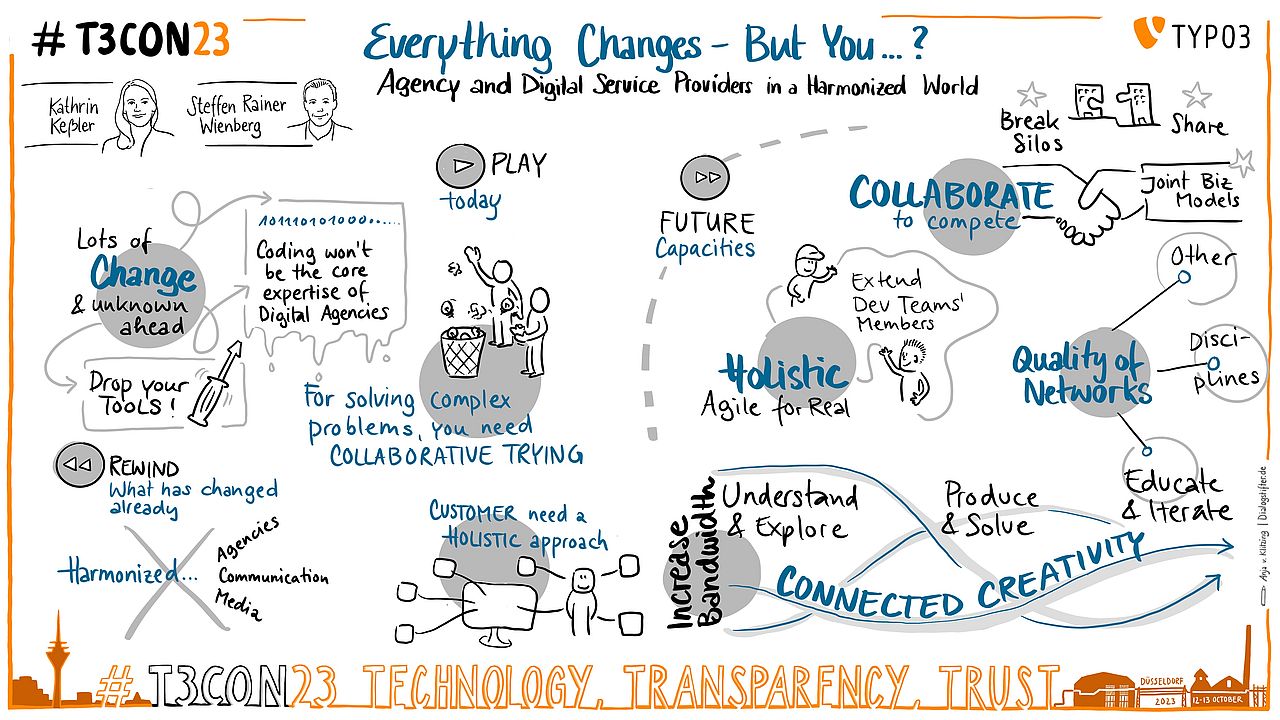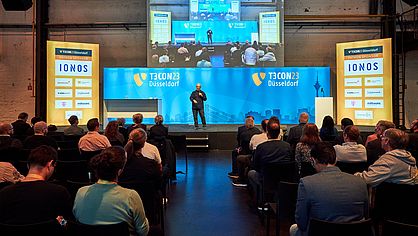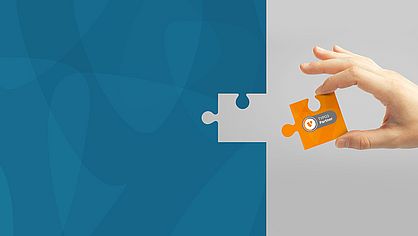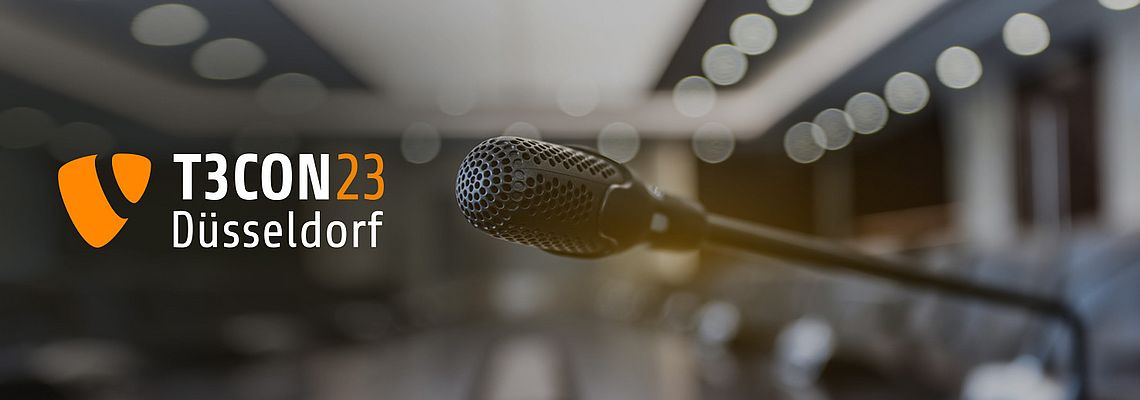
T3CON23 Recap—When Everything Changes — Survival Strategies for Agencies and Digital Services
Digital agencies have experienced market disruptions for decades. The ones that adapted to the changes were the ones that survived. Today, the digital market changes the rules again. What can digital agencies do to stay in the game and come out on top?
In their T3CON23 talk Everything Changes – But You …?, marketing and business strategy experts Steffen Rainer Wienberg and Kathrin Keßler looked at the options for digital agencies in an increasingly complex and competitive world. After discussing the disruptions that advertising agencies and digital agencies have had to deal with since the eighties, Steffen and Kathrin presented a three-pillar framework for ongoing agency success. They said agencies need to join forces and develop interdisciplinary skills to master complexity.
Missed T3CON23? No worries. This article is part of our re-cap series, and T3CON24 is less than a year away.
The changing agency landscape
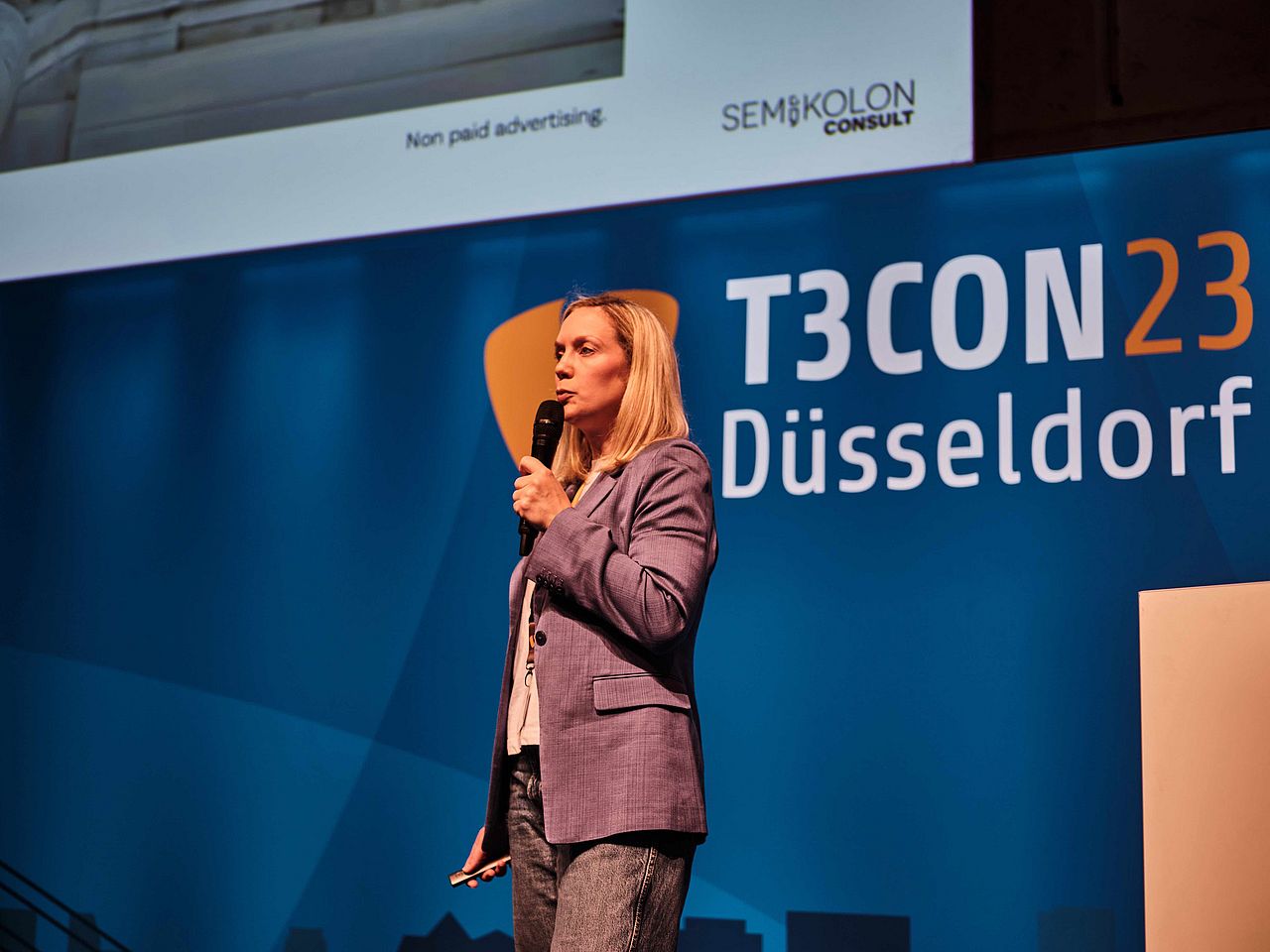
The future is increasingly difficult to predict. Massive changes in business and work are expected in the coming years. Steffen illustrated the impact of these changes through several examples:
- More than half of today’s students will work in a profession that is unknown today.
- In many industries, automation may eliminate almost half of the workforce.
- A quarter of today’s Fortune 500 companies will no longer exist in five to eight years.
Digital agencies will also face a fundamental shift. Kathrin pointed out that “it's not only work skills that are replaced, it's also actually what you are doing in your daily business.” With the ongoing evolution of AI, coding is no longer a core competency. This raises the question of what value digital agencies can provide in the future. Doing business as usual is not an option.
“Drop your tools.”
– Thomas Sattelberger
Steffen cited retired German politician and COO at Deutsche Telekom Thomas Sattelberger: “There’s continuous change around us. It's a new game. You have to define your use of working and the sub-message is, drop your damn tools.”
But stop for a moment. If reading this makes you think the talk was negative and all about the impending Death of Agencies, this is the point where Steffen and Kathrin changed the perspective. Their business, Semikolon Consult, is built around the semicolon, symbolizing that “stories don’t just end.” The end of one thing is the start of something new. And that’s good news. The party isn’t over!
Both speakers call themselves “enthusiasts for the different”, and Kathrin presented three lessons learned in 40 years of living on this planet:
- You need to embrace change if the alternative is disaster.
- Change is easy-peasy with a destination in mind.
- If change brings a storm, ready your sails!
Steffen pointed out that change is a natural part of life. The essential strategies for embracing change are to seek exchange with others and stay curious. (Which, as a side note, is remarkably similar to the spirit of open source that also drives the TYPO3 community.) “In the end, it's all about humans. And that's why we're going to focus more on humans, and how to convince people to embrace change as a huge opportunity instead of being afraid of it.”
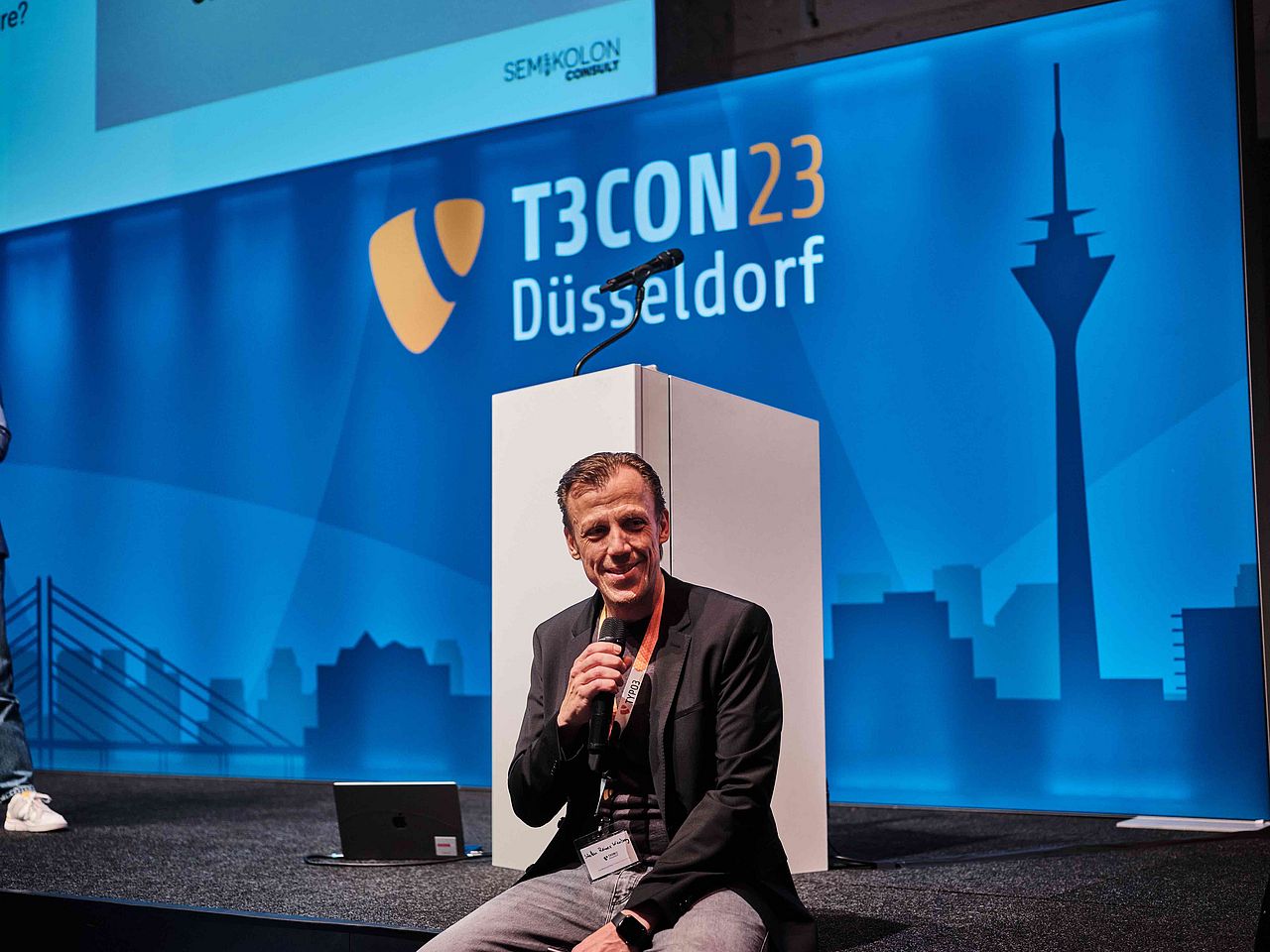
Agencies have been declared dead for decades
To properly judge the current situation of agencies, Steffen invited the audience to rewind time for a moment and look at the evolution of the agency model. Agencies have existed for decades and have faced more than one disruptive change since then.
The first disruption was the harmonizing of services in the 1980s. Handcrafted advertising was about to become obsolete, and this felt like a death sentence for many agencies.
But they survived.
While print advertising was on a retreat, online ads flourished.
In the 1990s, harmonized communication threatened to make brands obsolete. It was said that consumers would be able to get clear and transparent information, so nobody would need marketing anymore.
Again, this turned out to be wrong.
“Brands will be a very important lighthouse for giving orientation and for sending the right signal”, Steffen asserted.
Harmonized media created a new phenomenon in the 2000s: the active consumer. With multi-channel, on-demand media at their fingertips, consumers were able to choose what they wanted to see. Advertising agencies could no longer force ads on them. A nightmare, and surely the end of ads.
Except it wasn’t.
Ads found their way into new media channels, still reaching consumers everywhere.
Steffen concluded that “agencies are natural-born changers. It’s part of your DNA, with an enormous ability for transformation you made within the last four or five decades.” And they continue to do so today.
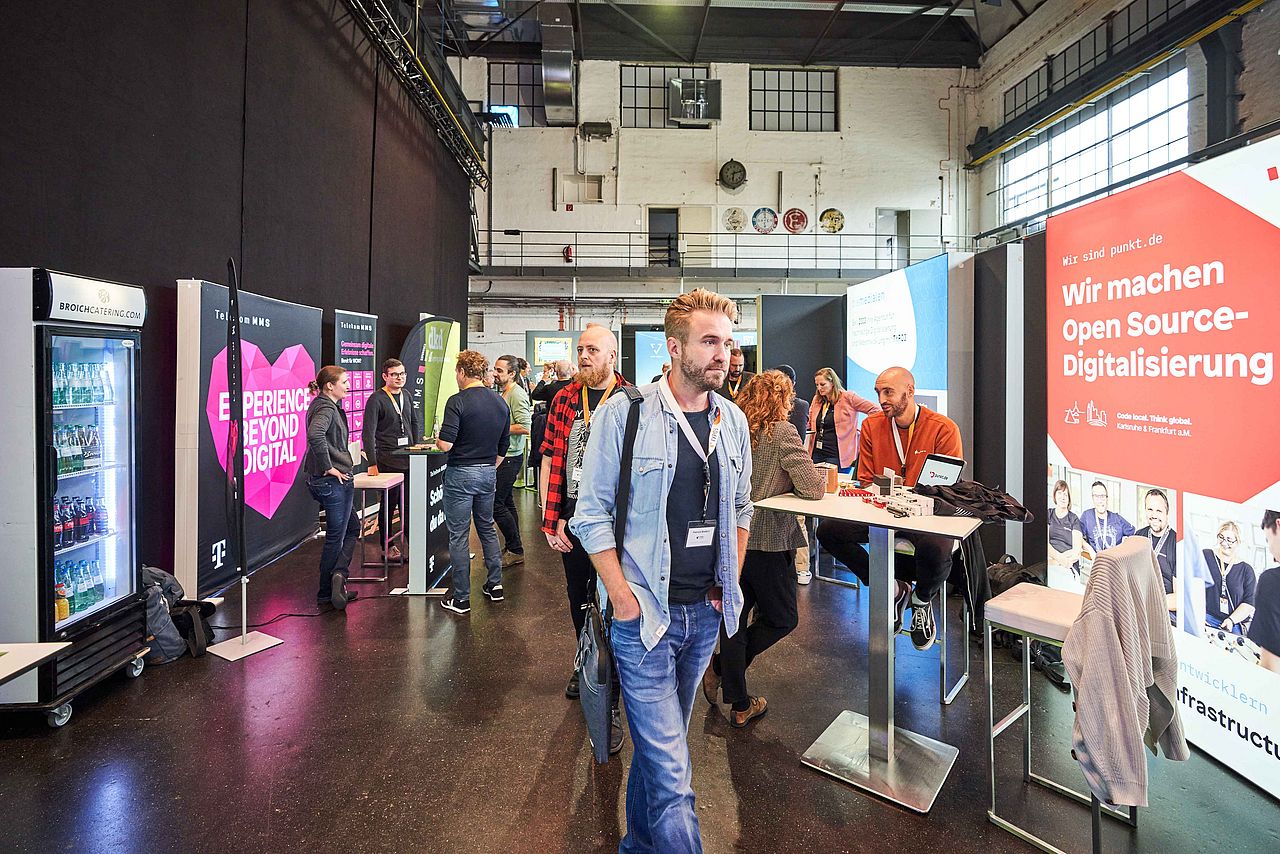
The current state of digital agencies: Welcome to the world of VUCA
Today’s world has become VUCA. Kathrin explained that there is a new quality of change that is volatile, uncertain, complex, and ambiguous at the same time. “The tricky thing”, she said, “is that in a changing world, we don't know the future. We don't know what will happen tomorrow.” As Chinese businessman and investor Jack Ma, the founder of Alibaba, said: “There are no experts of tomorrow, only experts of yesterday.”
Customer Relationships Become Increasingly Complex
In the VUCA world, a website is no longer a single-channel customer briefing. Customer needs are becoming increasingly granular, and their attention is split across multiple channels. Customers consume much more information in a short time, with a much shorter span of attention. Nonetheless, to more than 80% of customers, it is important to be treated like a person, not a number. To reach customers, web shops must provide a personalized, seamless, omni-channel-driven experience.
Disruptive changes have also swept away classic agency tasks like producing professional-looking images or video footage. Today’s smartphones use AI to enhance and manipulate images and videos at the tap of a button. “We don't have to download any tools anymore because it's just integrated in what we are using each and every day in our normal life”, Kathrin explained. Tasks that required expertise and hours of work not long ago can now be done by anyone within seconds.
On the other hand, finding qualified talent has become more and more difficult. The gap between available and required expertise is widening. Kathrin presented a newspaper article from 2022 as an example. In that year, Spain had the second-highest unemployment rate in the European Union but 124,000 open jobs in IT at the same time. The labor market is seriously skewed. Kathrin concluded that “just scaling up the business doing more of the same will not help us anymore because we are lacking the resources to just scale the business we have. So we might need different resources and different capabilities.”
Until recently, agencies could thrive from developing four core competencies: Coding, design, e-commerce, and capabilities. However, today, these competencies are eroding.
- Coding is not a core competency anymore. Automation is taking over.
- Design stopped being an art and a craft. AI is taking its toll.
- E-commerce on its own is not a core competency anymore. It is but a small part of a holistic communication strategy.
- Capabilities depend on acquiring talent, but the sources of new talent dry up.
Code, design, e-commerce, and capabilities are no longer sufficient to survive in an increasingly complex world.
Ideas for the future
“But we want to leave you here with a good and positive mood,” Kathrin continued. “So let's see what we can do with it.”
When looking at the problem with a bird's-eye view, a new approach becomes apparent. The four competencies are not lost — we only have to put them into a broader perspective.
For this, we have to keep the harmonization effects in mind. Recall the trilogy of market harmonization waves—services, communication, and media—which have profoundly redefined how agencies work. Collectively, these waves represent a transition toward a harmonized world.
This harmonized world interrupts the classic value chains of agencies but also provides new opportunities if approached correctly.
The Forward/Backward Integration Loop
“The problem is not the problem. The problem is your attitude about the problem.”
– Ann Brashares
To reframe the four competencies in the context of ongoing market harmonization, Steffen and Kathrin introduced the Forward/Backward Integration Loop model.
The first step is to establish a backward integration, as Kathrin elaborated: “Integrate your customers and your user needs, understanding and exploring what is important for them, what they need, and have a vital exchange about the customer needs. And also the user needs to make your products, your solutions, really fit the requirements.”
The next step will be recognizable for TYPO3 agencies who are shifting their focus from selling isolated website projects to a retainer-based business: Build a forward integration for your products and solutions. “The project is not done with the going live”, Kathrin says. “We all know that. Also, it's educating and iterating. Also on the client side, keeping up with them, staying next to them, and also developing the project further and making sure that the implementation and also the operation is done properly.”
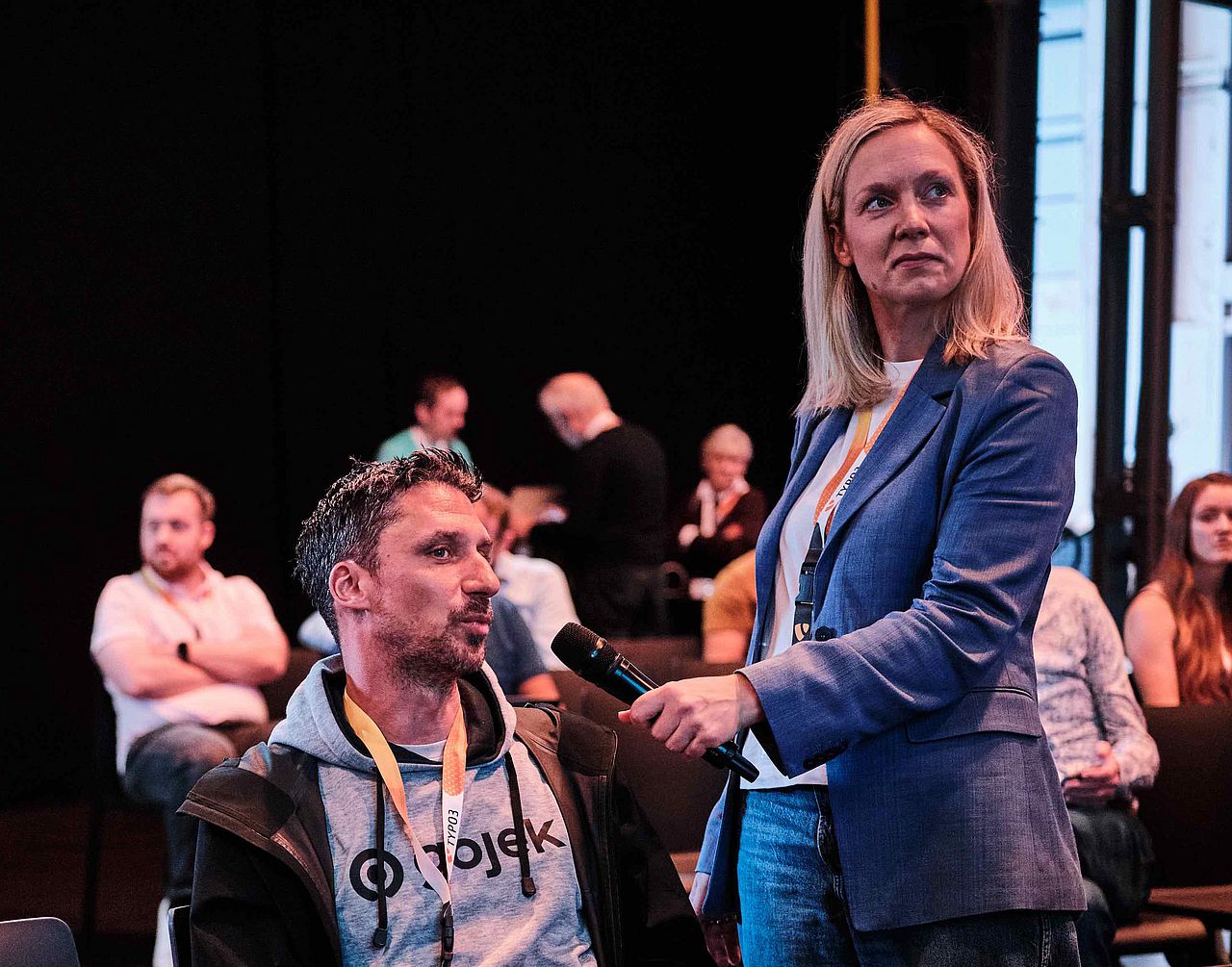
In a harmonized world, connected creativity is everything. The iterative and highly collaborative process presented during the talk exposes a new business principle that is very well suited for agencies basing their business on TYPO3 and other open-source technologies:
Agencies have to move from an us-versus-them attitude towards an open-source-like sense of community that we all belong to and where we can join forces to manage the forward and backward integrations that will keep our projects thriving.
“If things are getting harmonized, if things are getting standardized, you need to connect different creative approaches.
– Kathrin Keßler
Steffen asserted that “the quality of your network, and especially the access to expert knowledge might determine your future success.” Get out of your comfort zone and build fruitful relationships across disciplines. Partner with your client for permanent iteration and improvement. “Otherwise,” as Steffen remarked, “with these silo competencies, it will be difficult to solve fuzzy problems. So you have to leave your comfort zone, your unknown territory [and] partner with your client for permanent iteration and improvement.”
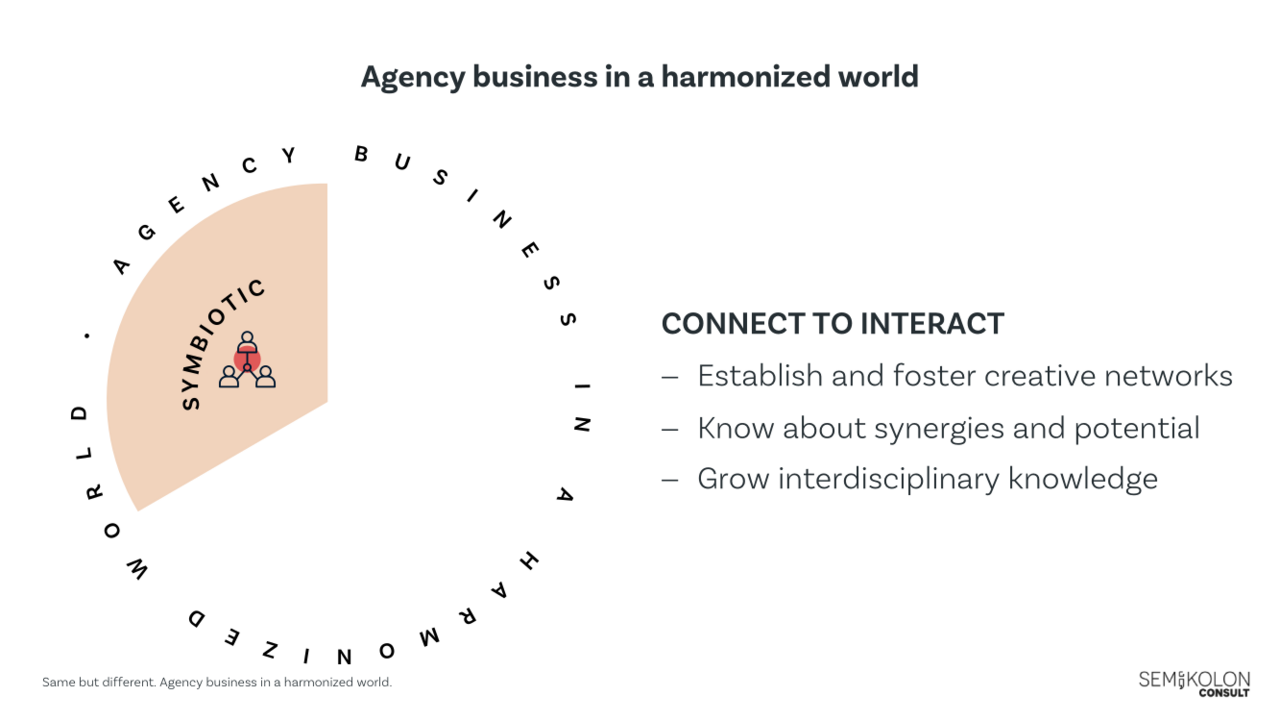
The three-pillar framework for agency success
This is all well and good, but how can agencies reach and sustain this state of connectivity and flexibility? Steffen and Kathrin presented a plan for advertising or digital agencies that relies on three fundamental pillars.
Pillar 1: Be Symbiotic
The first pillar is about connecting to interact. Establish and foster creative networks within and outside your industry. ”Clients have creative people; they want to be involved”, Kathrin noted. She emphasized the importance of this knowledge of interdisciplinary synergies and potential. “So knowing your partners, knowing what others are doing, to really understand how can they help me and how can I help them, to then really grow interdisciplinary knowledge.”
Pillar 2: Be Holistic
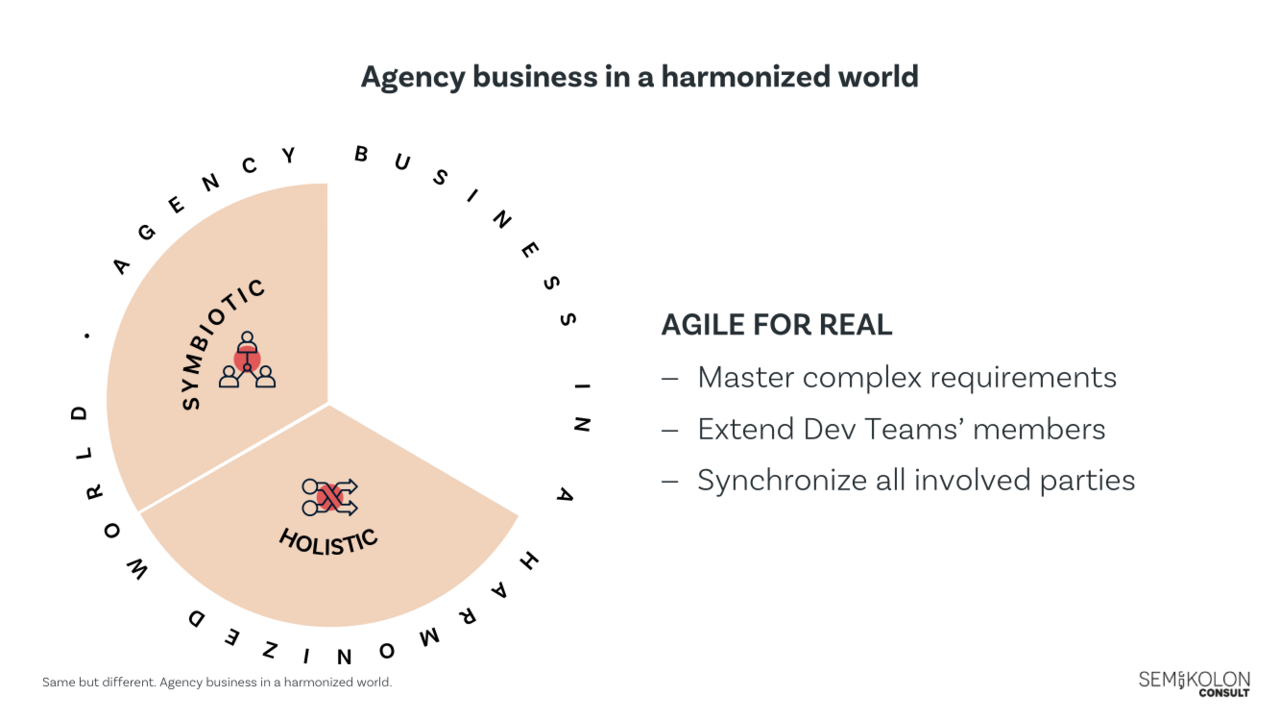
Focusing on your tech stack alone is not going to fill your order books. As Steffen explained, you need to become a facilitator who masters complex, ambiguous questions that your client might not even have on their radar: “You have to become agile for real, not talking about agility or becoming agile. Being agile is the new agile. So you have to have a really strong integration of your client.”
This means you need to become agile at the level of human interaction. Development teams need to gain a thorough understanding of customers’ needs and desires. Ensure your development teams include people who can bridge the gap between the technology experts and the customers. “I'm talking about integrating people,” he concluded.
Pillar 3: Be Open
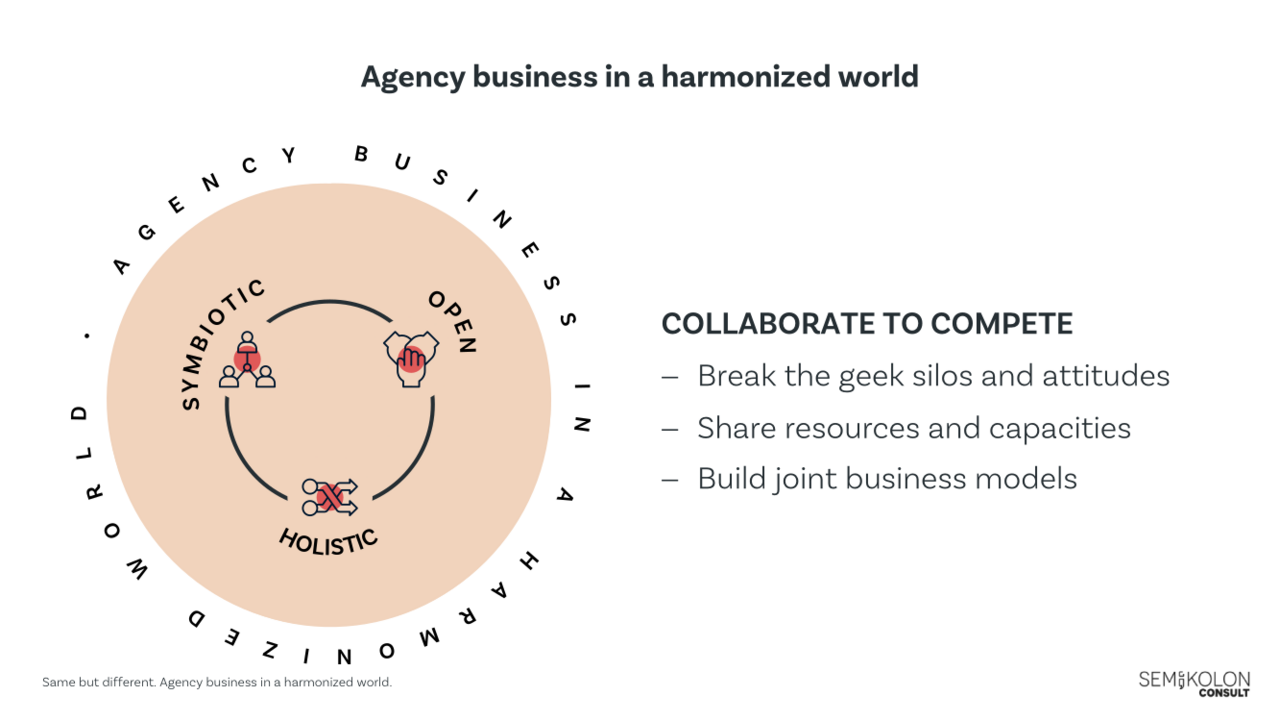
Competing against everyone is a strategy that is doomed to fail. As Kathrin explained, you have to “really dive into the collaboration and take it as your mantra, collaborate to compete, breaking the silos, breaking your attitude, sharing resources and capacities. You don't have to fight all alone—share resources, share capacities.” Collaborating can even mean building joint business models: “Why not collaborate that deeply with other agencies, other consultancies, other service providers, and really build business models together?”
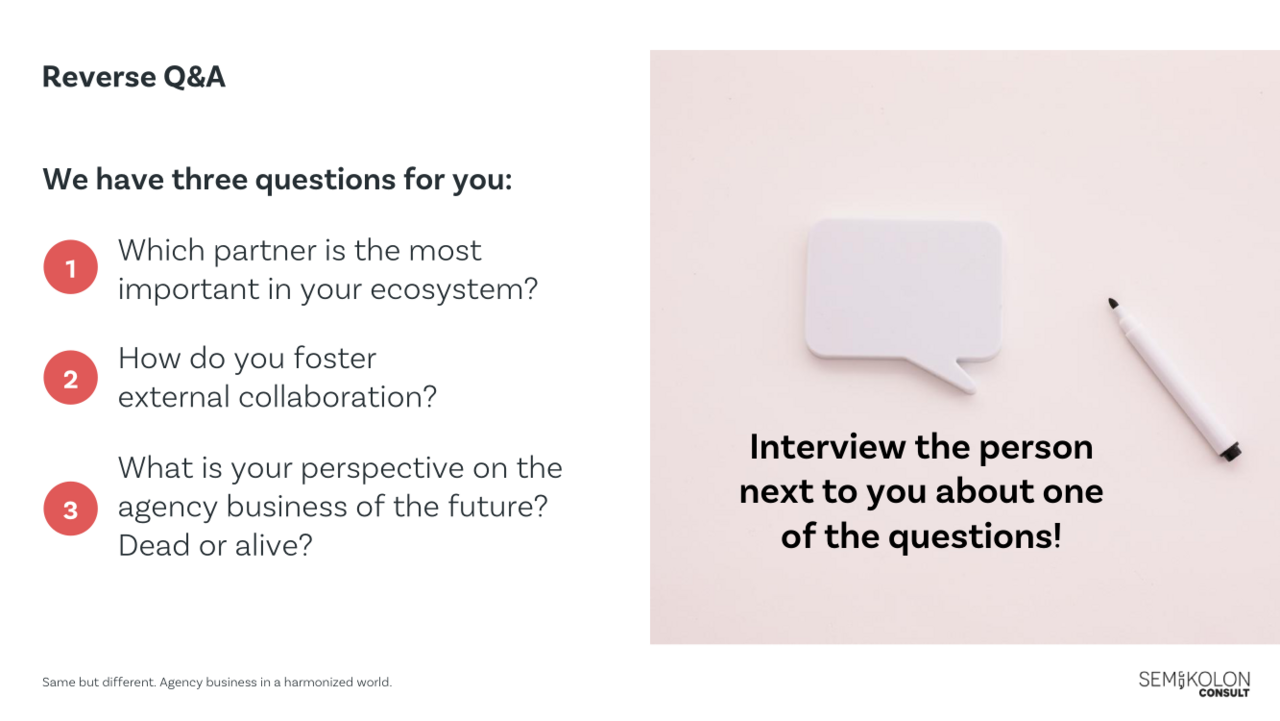
How digital agencies can survive in a changing market
The new world of digital agencies is all about mastering complexity by joining forces and developing interdisciplinary skills. Steffen and Kathrin picked an example of this new attitude from the TYPO3 community:
Pluswerk, an agency with deep connections to TYPO3, have coined the term DxPn, which represents the multitude of aspects that a flourishing agency needs to incorporate: Digital Xperience Platform, Digital Xpert Partners, Digital Xtension Portals, Digital Xternal Participation, Digital Xchannel Promotion, Digital Xitement Portfolio, Digital Xcceleration Professionals, and Digital Xtraordinary Passion. As Steffen pointed out, “Coding is not enough. You have to have digital cross-channel promotion [and more. It is] a multifaceted way to cope with today’s challenges.”
Agencies need to think about their new role as a facilitator, handling ambiguity in complex client projects. Transform from a mere coder and collaborate with others. Steffen and Kathrin invite you “to collaborate to compete and to commit to evolve — and potentially revolutionize — this idea about facilitating fuzzy problems.”
Reverse Q&A
At the end of the talk, Steffen and Kathrin asked three questions to the audience:
- Which partner is the most important in your ecosystem?
- How do you foster external collaboration?
- What is your perspective on the agency business of the future? Dead or alive?

